By Cassidy Patton & Steven Hayward | Edited by Craig Stephani | May 16th, 2022
Over the last few months, ISCBC staff helped to organize and lead ten communities from across BC in the 2022 City Nature Challenge (CNC). This year, the CNC occurred from April 29th to May 2nd. This friendly, annual challenge has participants from around the globe record observations, using the free iNaturalist platform, to observe as many wild organisms as possible. Thanks to all the participants, including many of you, who spent their weekend capturing a snapshot of the biodiversity around them, the CNC was an incredible success. The data gathered from this fun event also results in a huge contribution to community science!
This year, 445 cities around the world took part in the City Nature Challenge, including 40 Canadian cities. This resulted in nearly 1.7 million observations of more than 50,000 different species. Across the globe, more than 2,200 rare and/or endangered species were reported!
How Did BC Stack Up?
Nearly 60% of all Canadian observations, and more than 5% of species observed globally, were logged in BC. In this province, 1,610 observers contributed 31,773 observations of 2,778 species.
BC is home to more species of living things than any other province or territory in Canada, including 72 per cent of Canada’s mammal species, 70 per cent of Canada’s nesting bird species and 50 per cent of Canada’s amphibian species.
Here are some of the many different plants and animals that were observed during the CNC:
Calliope hummingbird (Selasphorus calliope) <Observation by @mrthawk>
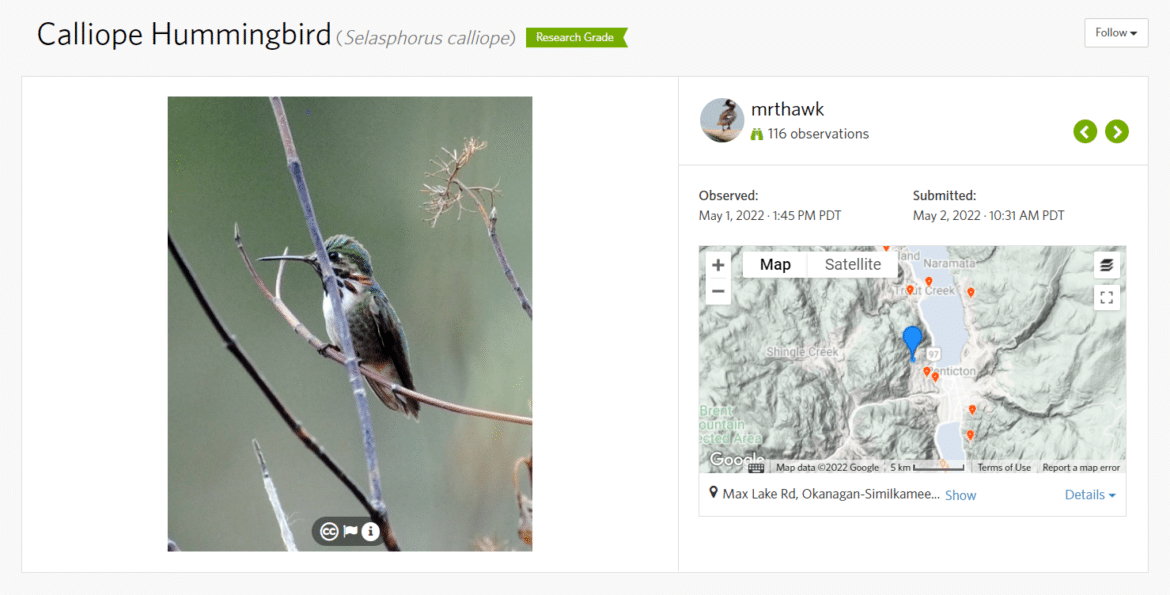
Not only are they the smallest breeding bird found in North America, but they’re also thought to be the smallest long distance migrating bird in the world!
Western painted turtle (Chrysemys picta bellii) <Observation by @cstephani>
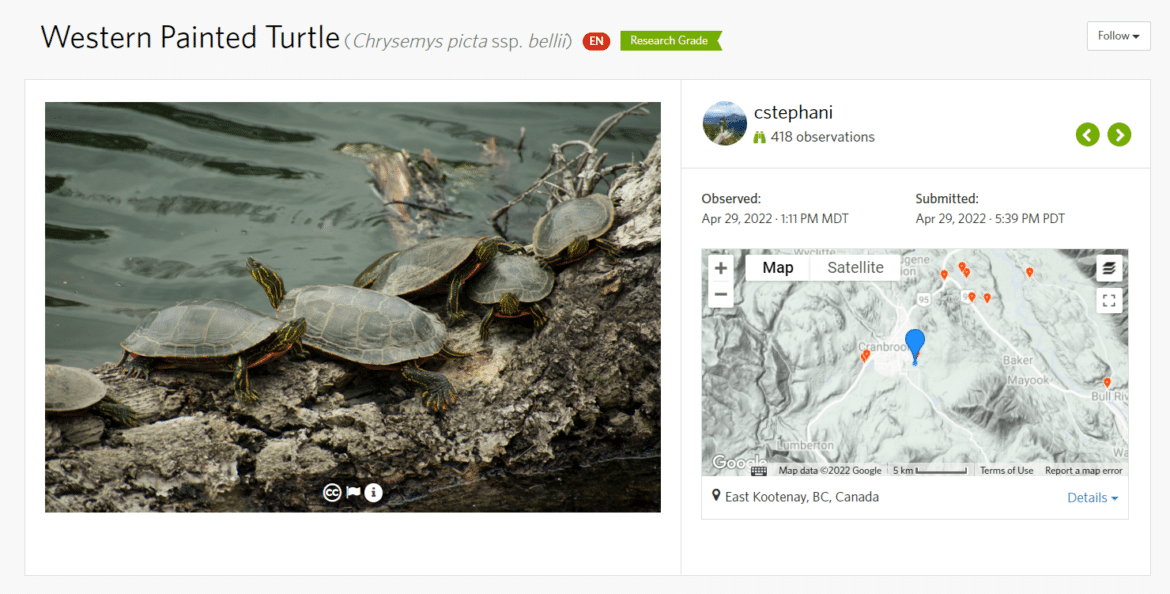
A species at risk that is pressured by the invasive Red-eared slider turtle! The Pacific coast population is currently assessed as Endangered, and the Intermountain-Rocky Mountain population is assessed as Special Concern making every sighting a valuable data point on their distribution.
Salmonberry (Rubus spectabilis) <Observed by @drclements>
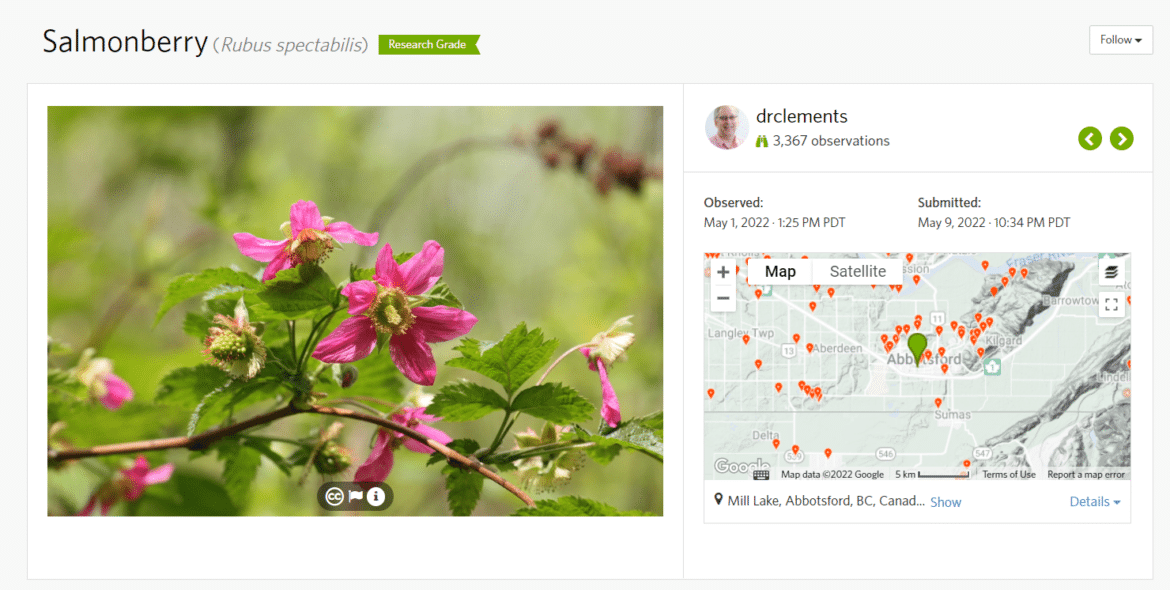
This early flowering shrub was the plant species most observed in BC over the course of the CNC. The fruits, leaves, twigs and stems are eaten by species of birds, bears, herbivores and more!
Invasive species are the second biggest threat to biodiversity after habitat loss, and many of them were also observed. European carp, on the list of 100 of the World’s Worst Invasive Alien Species, is just one example.
European Carp (Cyprinus carpio) <Observed by @narbuckle>
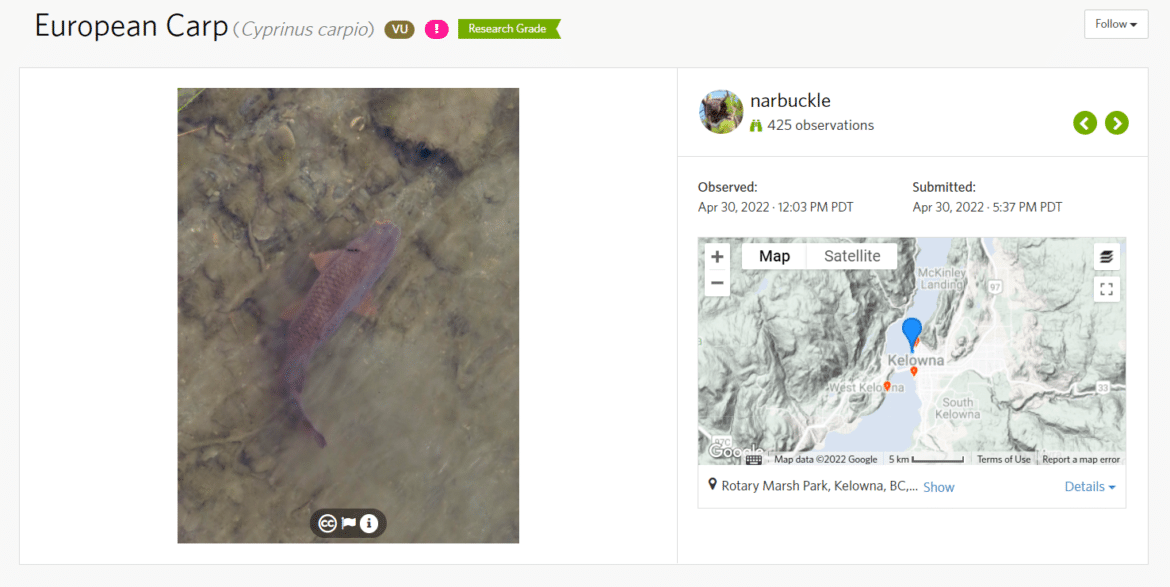
This ornamental, invasive fish is the third most introduced species in the world. It often finds its way into the environment when it is released either intentionally or accidentally – a great reminder to never release pet species into the wild.
Learn about and participate in other exciting Community Science initiatives, like the City Nature Challenge BioBlitz, by joining our Community Science Network!
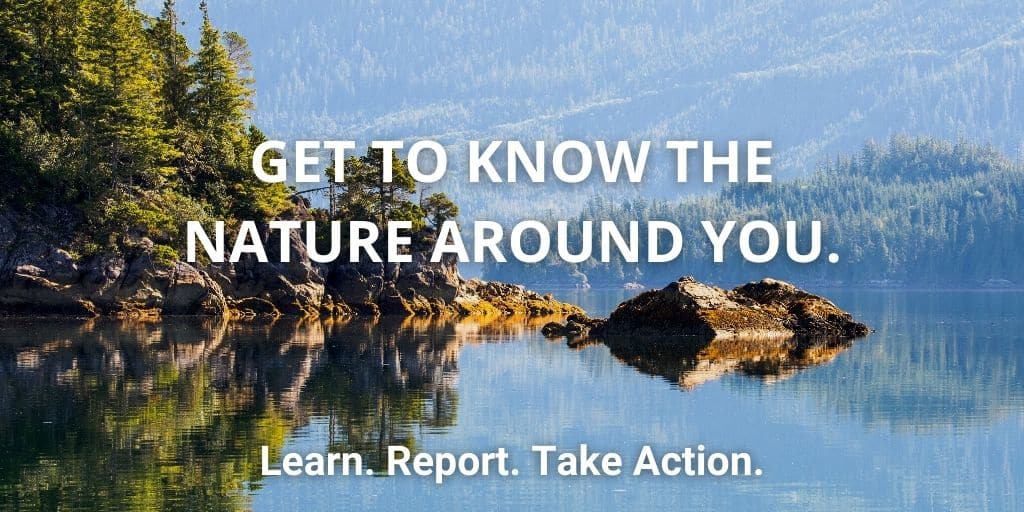
About Bioblitzes and Community Science
Bioblitz events, such as the CNC, are important tools for scientists, policy makers, landowners, and invasive species specialists. These recorded observations allow them to track the abundance and distribution of species, as well as how these species are interacting with their environment. In addition, this reporting is also a critical component for the early detection and rapid response of invasive species. Without the help of community observers, everyone from avid naturalists to sidewalk strollers, much of this valuable data would be difficult or impossible to capture. Just look at how much data was captured this year!
Cassidy is the Outreach Lead at ISCBC. She is grateful to live, work, and play on the traditional territory of the Songhees Nation, also known as Victoria. In her spare time, she loves fly fishing the river networks across Vancouver Island. You can reach Cassidy at outreach@bcinvasives.ca.
Steven Hayward has worked as a Science & Data Coordinator and Action Team Supervisor at ISCBC. He lives in Nanaimo on the traditional territories of the Snuneymuxw First Nation. You can typically find him birding or identifying mosses and lichens in Vancouver Island’s old growth ecosystems. You can reach Steven at ops.nan.lead@bcinvasives.ca.
Share


















